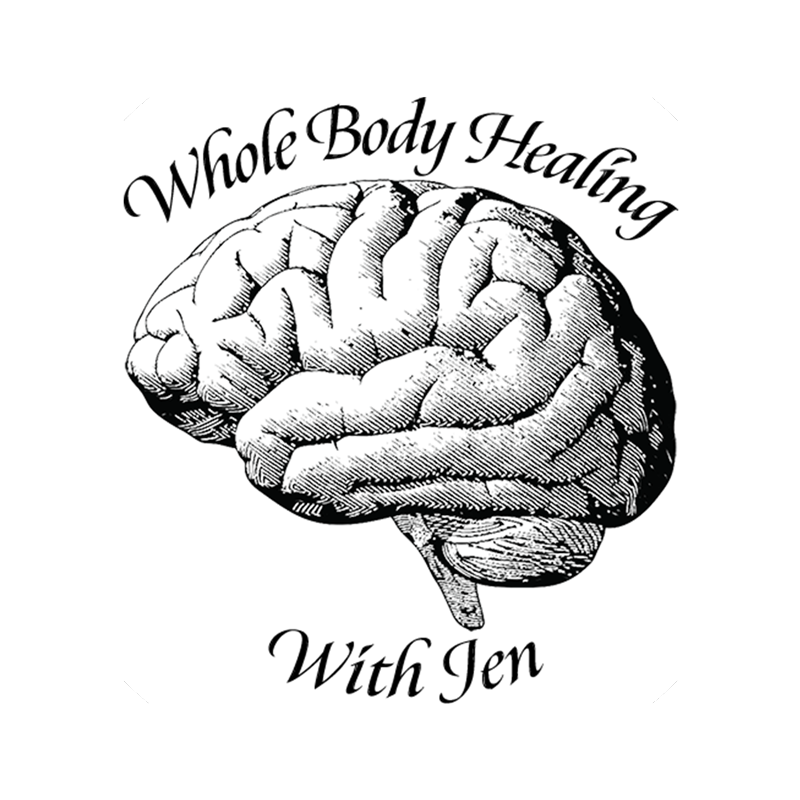What Can We Learn From Traditional Diets?
Principles of traditional diets:
Dr. Weston A Price was one of the first Westerners to travel the world looking for traditional cultures that had not yet adopted a western diet in order to document their health status and nutritional practices.29 This was in the 1930’s, right on the cusp of globalization, so he could accurately discern the effects of a western diet infiltrating traditional cultures all over the world. What he saw was a wide variety of traditional dietary patterns that kept people in good health- from tribes that are almost entirely carnivorous to those that eat a considerable amount of plant foods. Despite this diversity in his findings, after he returned from his travels he compiled his notes and reported certain universal practices that appeared in every culture that he found. More recent anthropological observations have corroborated his work.
• All communities include some form of animal fat in their diet. This ranged from making up 80% of the diet to 30% of the diet, depending on their geographic location and access to high fat animal foods. Inclusion of animal fat in the diet was the number one factor Dr. Price correlated with good health in traditional societies, ensuring high intake of the vitamins A, D, and K. The particular form of vitamin A found in animal foods he identified as the so called “X factor”- the primary nutrient missing in people developing tooth decay and other chronic disease in the western world. The sources of fat that people eating traditional diets prized most were saturated fats found in beef, lamb, eggs, fish, cream and whole milk, as well as seal and whale blubber in far northern regions.
• All communities include more of the animal than just the “muscle meat” (i.e. the steaks, chops, etc. we mostly see in our grocery stores today). Traditional diets tend to be “high protein” from a modern perspective (protein making up about 20-35% of total daily calorie intake). This high protein intake includes the organ meats, bone broths, tendons and collagenous bits found in all parts of the animal. We now realize that this is where some of the most important nutrients for the immune system and nervous system reside!
• “Live” food is consumed, meaning that both raw and fermented foods, full of enzymes and probiotics, are included in all of the diets. In more temperate areas, raw foods might be fruit or spring greens, and fermented foods might be fermented plants and fish. In more northern areas, some raw meats are consumed, and in cultures that depend on herd animals for sustenance, raw dairy is consumed. Meat and dairy are also fermented in many cultures.
• In societies that eat harder plant foods such as nuts, seeds, grains, legumes, and starchy root vegetables, they are heavily prepared over several days to several weeks in order to make them easier to digest and the nutrients more bioavailable (easily absorbable) in the human digestive tract, which is anatomically too short to truly accommodate the proper break down of these foods.
Unfortunately, in modern society, most of us have forgotten or given up these practices, which may be contributing to some of the health issues we see today even among so-called “healthy eaters”. Soaking, sprouting, fermenting and long cooking times for these foods are standard practices in traditional cultures, and are skills that you will learn later in this chapter.
• High amounts of minerals are universally consumed by traditional societies. A primary source of mineral intake often comes from sea food, such as shellfish, fish eggs, and sea vegetables. Iodine seems to be a particularly prized nutrient among traditional people. Even in cultures living inland, minerals are sought out in trade routes and in rigorous trips across deserts and mountains to harvest natural salt from mineral beds. Consumption of fresh animal blood and sourcing “hard water” from the silt of glacier runoff are also prized practices in many traditional cultures.


